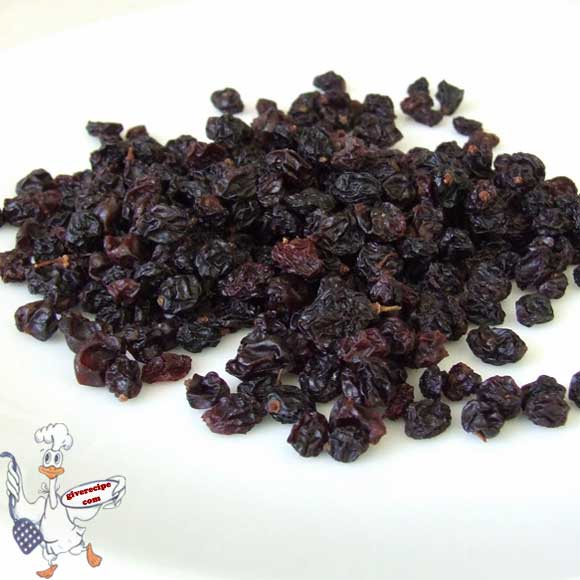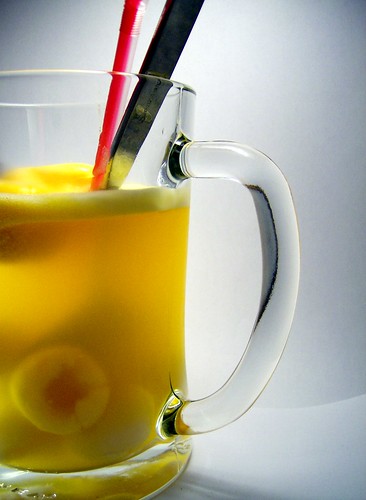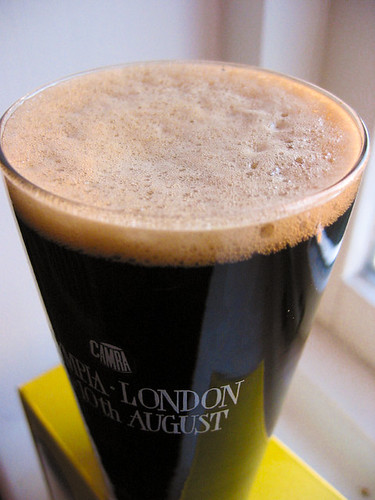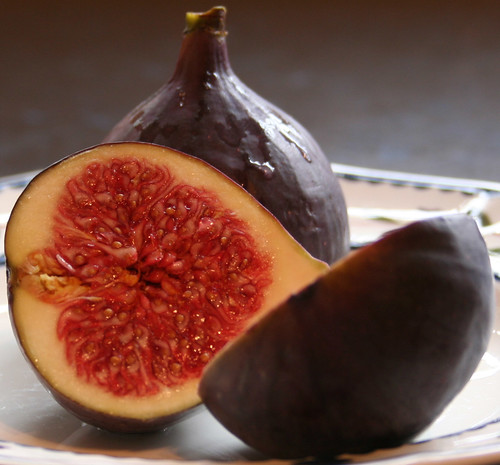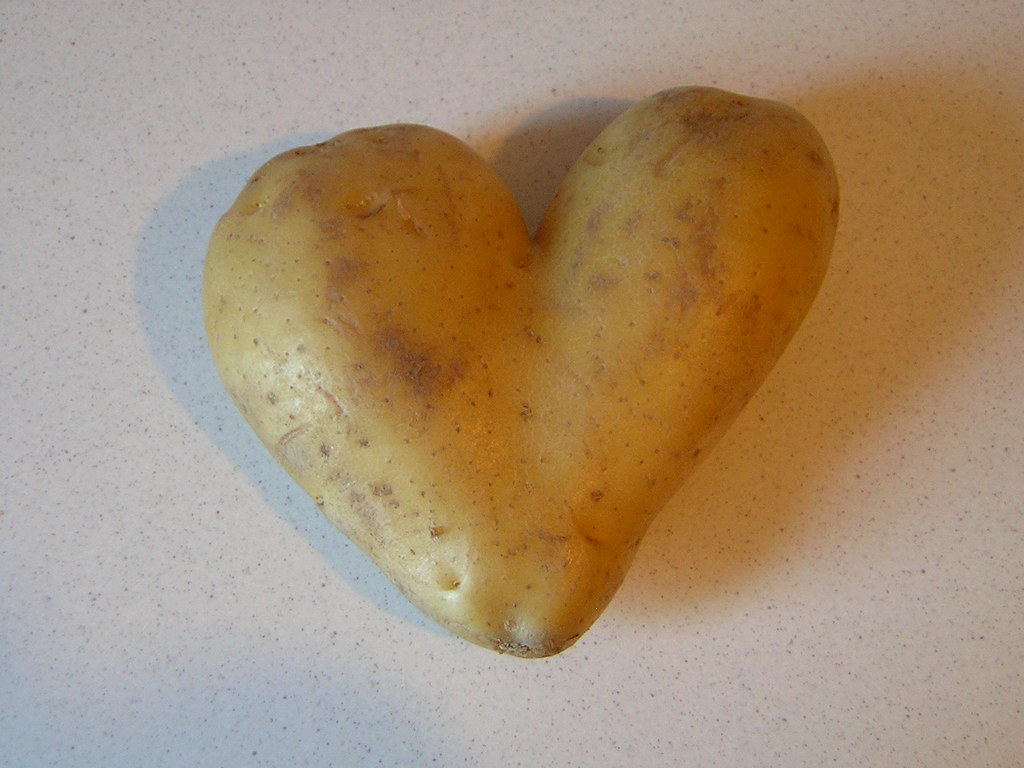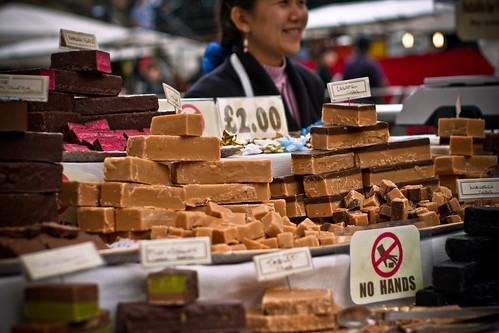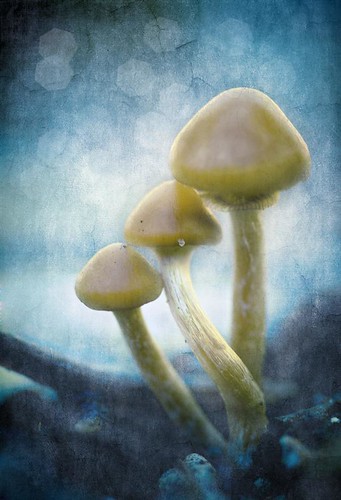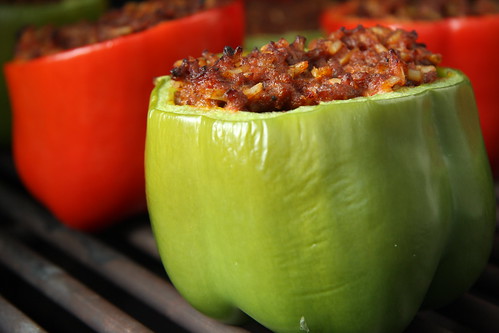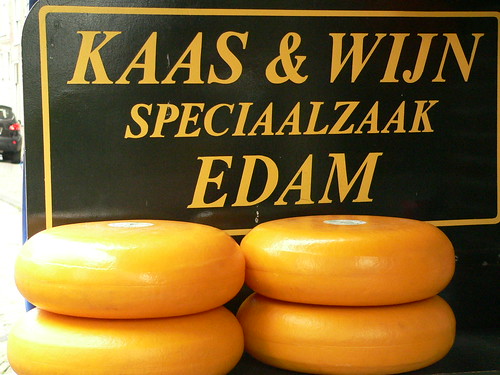
Melange means a blend or a mess, a cacophony, and this is very much the case. For this recipe I would definitely recommend free-range organic eggs, as they have much more taste to them. This recipe serves 8, and is originally made with a can of chopped tomatoes. However it can easily be converted to use fresh ones.
You need:
12 hard-boiled eggs, shelled.
810g can of tomato pieces (or lots and lots of tomatoes).
120g butter
1 onion, chopped
1 capsicum pepper, seeded and chopped.
1 cup chopped celery
2 tablespoons flour
salt and pepper to taste
cayenne pepper to taste
1 cup White Sauce (Schwartz mix is an easy option)
365g can champignons, chopped (mushrooms).
half a cup of breadcrumbs
half a cup of grated cheese
finely chopped parsley
1. Chop the eggs roughly. Strain tomatoes, reserving the juice. (If using fresh tomatoes it might be good to chop the tomatoes and scoop out the insides and use the insides for the juice.)
2. Melt half the butter in a pan and gently fry the onion, capsicumand celery until tender. Add the flour and tomatoes stirring until the mixture thickens. Add the reserved tomato juice and seasonings, then bring the liquid to the boil. Stir in the White Sauce, chopped eggs and champignons.
3. Spoon the mixture in to individual serving dishes or an oblong cassorole dish, then top with breadcrumbs and dot with the remaining butter.
4. Bake in an oven pre-heated to 220C for 10 minutes or until brown and bubbling. Sprinkle with grated cheese and parsley to serve.











